Tesla: Close to Unlocking One Million Miles Per Battery?

In the realm of electric vehicles, there’s always a major breakthrough in battery technology just over the horizon. Such an event would make the technology more viable, likely improving EV sales to a point of true competitiveness. But the reality is that battery advancements have been incremental, with no earth-shattering advancements to speak of. The chemistry continues to be improved and fine-tuned for automotive applications — gradually lowing charging times while improving overall capacity.
On a long enough timeline, this results in electric vehicles that easily embarrass their gasoline and diesel-dependent ancestors across the board. Unfortunately, we’re living in the present where EVs have shortcomings that frequently offset their greatest attributes.
One of the biggest hurdles is long-term battery life. While some modern-day EV battery packs can last roughly as long as the powertrain in any reputable internal-combustion car, they still degrade over time, becoming progressively less useful. New research has suggested the chemistry necessary for a million-mile, lithium-ion battery has been finalized.
Researchers at Dalhousie University, which has an exclusive agreement with Tesla, recently published a paper in the Journal of the Electrochemical Society outlining the battery’s potential — which includes the ability to maintain 90 percent of its original charging capacity over its million-mile lifespan. That’s beyond impressive.
Wired, which also covered the announcement, noted that Elon Musk promised Tesla would be able to deliver something very similar last April. Led by physicist Jeff Dahn, an expert in the battery field, the Dalhousie group confidently claimed their unit outperforms any similar lithium-ion battery currently in existence by optimizing the blend of electrolytes and additives that goes into Tesla batteries.
From Wired:
Through its partnership with Tesla, Dahn’s team was tasked with creating lithium-ion batteries that can store more energy and have a longer lifetime than commercially available batteries. In electric cars, these metrics translate to how far you can drive your car on a single charge and how many charges you can get out of the battery before it stops working. Generally speaking, there’s a trade-off between energy density and battery lifetime—if you want more of one, you get less of the other. Dahn’s group was responsible for the seemingly impossible task of overcoming this trade-off.
The energy density of a lithium ion battery is one of the most important qualities in consumer electric cars like Tesla’s Model 3. Customers want to be able to drive long distances on a single charge. Tesla’s newer cars can get up to 370 miles per charge, which is well beyond the range of electric vehicles from other companies. In fact, based on the average American commute, Dahn estimates that most EV owners use only about a quarter of a charge per day. But to make a fleet of robotaxis or an empire of long-haul electric trucks, Tesla will need a battery that can handle full discharge cycles every day.
The problem is that fully discharging and recharging every day puts greater stress on the battery and degrades its components more rapidly. But simply maintaining the current lifespan of a Tesla battery pack— about 300,000 to 500,000 miles—isn’t enough. Long-haul electric trucks and robotaxis will be packing in way more daily miles than your average commuter, which is why Musk wants a battery that can last for 1 million miles.
Officially, Dahn’s team said it could not share the recipe but noted there was nothing secret about the ingredients. The battery pack in question is essentially your standard lithium-ion unit — just optimized for longevity, thanks to its particular chemistry and some massaging of the nanostructure of the battery’s cathode. Units in the paper used a lithium nickel manganese cobalt oxide and artificial graphite.
Tesla and Dahn were also recently awarded a patent on a single-crystal lithium-ion battery almost identical to the cells described in the research paper. While there’s no guarantee that the patented battery is the million-mile pack from the document, it includes an electrolyte additive called “ODTO” that the patent claims enhances the performance and lifespan of Li-ion batteries while reducing cost.
[Image: JL IMAGES/Shutterstock]

A staunch consumer advocate tracking industry trends and regulation. Before joining TTAC, Matt spent a decade working for marketing and research firms based in NYC. Clients included several of the world’s largest automakers, global tire brands, and aftermarket part suppliers. Dissatisfied with the corporate world and resentful of having to wear suits everyday, he pivoted to writing about cars. Since then, that man has become an ardent supporter of the right-to-repair movement, been interviewed on the auto industry by national radio broadcasts, driven more rental cars than anyone ever should, participated in amateur rallying events, and received the requisite minimum training as sanctioned by the SCCA. Handy with a wrench, Matt grew up surrounded by Detroit auto workers and managed to get a pizza delivery job before he was legally eligible. He later found himself driving box trucks through Manhattan, guaranteeing future sympathy for actual truckers. He continues to conduct research pertaining to the automotive sector as an independent contractor and has since moved back to his native Michigan, closer to where the cars are born. A contrarian, Matt claims to prefer understeer — stating that front and all-wheel drive vehicles cater best to his driving style.
More by Matt Posky
Latest Car Reviews
Read moreLatest Product Reviews
Read moreRecent Comments
- Bkojote Headlight warnings need to be a thing, particularly in the era of backlit gauges and bright DRLs. Way too many people don't know how to operate a light switch on their Nissan Rogues.
- Jalop1991 going back to truth in advertising, they should just call it the Honda Recall.
- Plaincraig A way to tell drivers to move over for emergency vehicles. Extra points if it tells were it is coming from and which way you should move to get out of the way.
- EBFlex Ridiculous. “Insatiable demand for these golf carts yet the government needs to waste tax money to support them. What a boondoggle
- EBFlex Very effective headlights. Some tech is fine. Seatbelts, laminated glass, etc. But all this crap like traction control, back up cameras, etc are ridiculous. Tech that masks someone’s poor driving skills is tech that should NOT be mandated.



















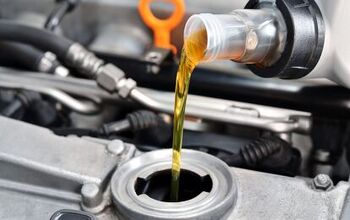
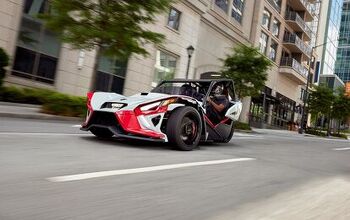
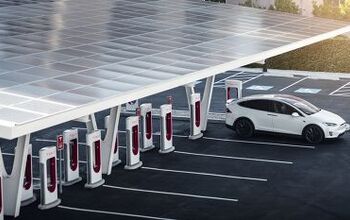
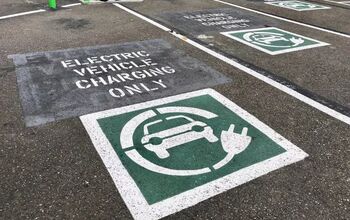
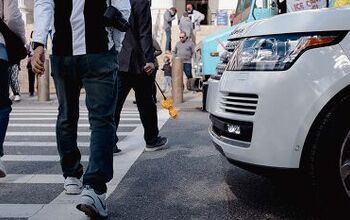

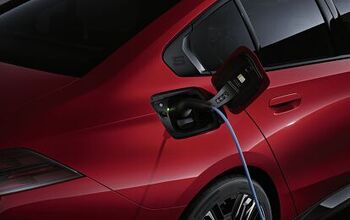
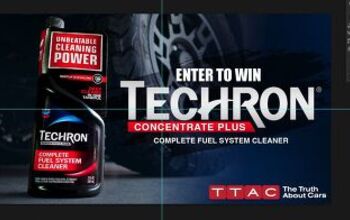
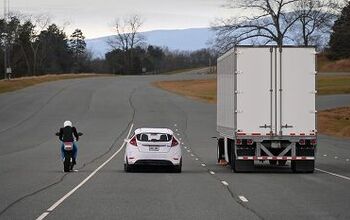
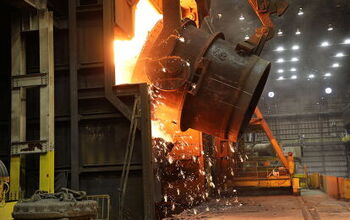
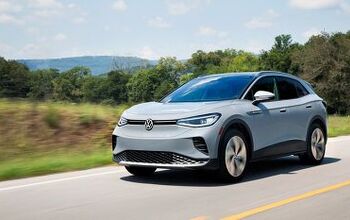
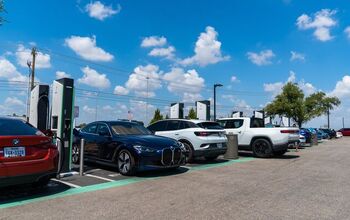
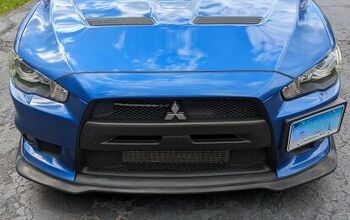
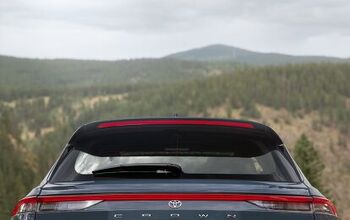

Comments
Join the conversation
Battery life hasn't been my top concern. I believe reducing recharge time is the most critical technical element to improving market penetration of BEVs. Then, recharging infrastructure is the next most important factor.
Cool, great story. Now please do tell, what were the advances in battery RECYCLING? Any investment or effort from the manufacturers or at least a design which has full-life-cycle in mind instead of just unchecked production? No? Nothing? I get it that the technology is developing at a faster generational rate than the vehicle or motor, but this is not making a terribly effective argument for electrification. "Tesla, we're committed to billions of tons of un-recyclable batteries thrown in a landfill somewhere and making a ton of money".